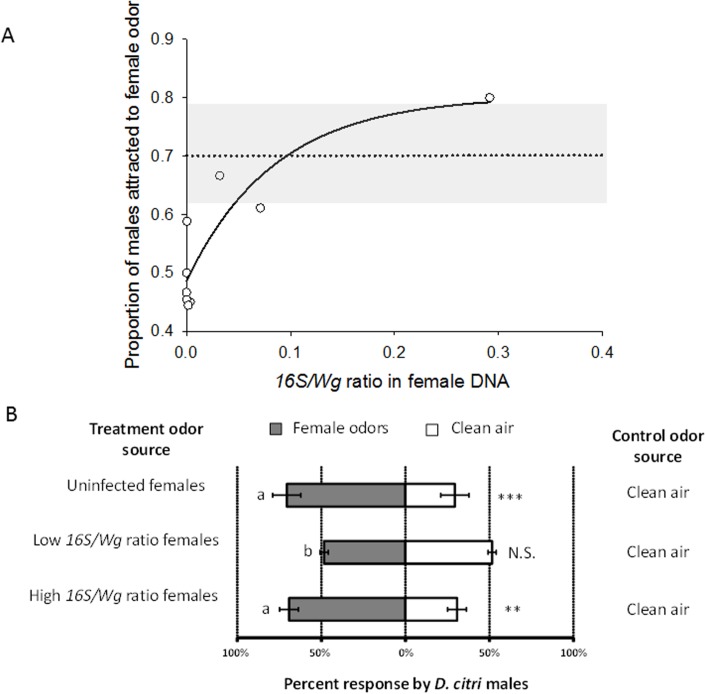Fig 4. Behavioral response of D. citri males to headspace volatiles from conspecific females exposed to CLas.
(A) Proportion of males attracted to female odor and (B) percentage of males responding to clean air verses female odors representing each infection status. (A) Male responses are plotted against the average ratio between 16S and Wg genes of the ten females of each replicate placed in the treatment arm. Females developed on CLas-infected citrus plants and the 16S/Wg ratio indicates the amount of CLas DNA found per individual D. citri. Each circle indicates the proportion of males that chose the olfactometer arm with conspecific female odor for each replicate. Each replicate consisted of 20 males resulting in the test of 180 males. The dotted line and the grey area represent the average response (± SEM) of males when exposed to uninfected (control) female odors versus clean air. Control females were reared on uninfected citrus plants and were free of CLas. The regression equation was: y = 0.48 + 0.34(1 − e −6.76x); R2 = 0.87, F2,6 = 20.31; P = 0.002. (B) Asterisks indicate significant attraction of D. citri males to female odor (**: < 0.01; ***: <0.001) compared to clean air. Different letters indicate significant differences in the proportion of male psyllids responding to the female odors among infection status treatments.

